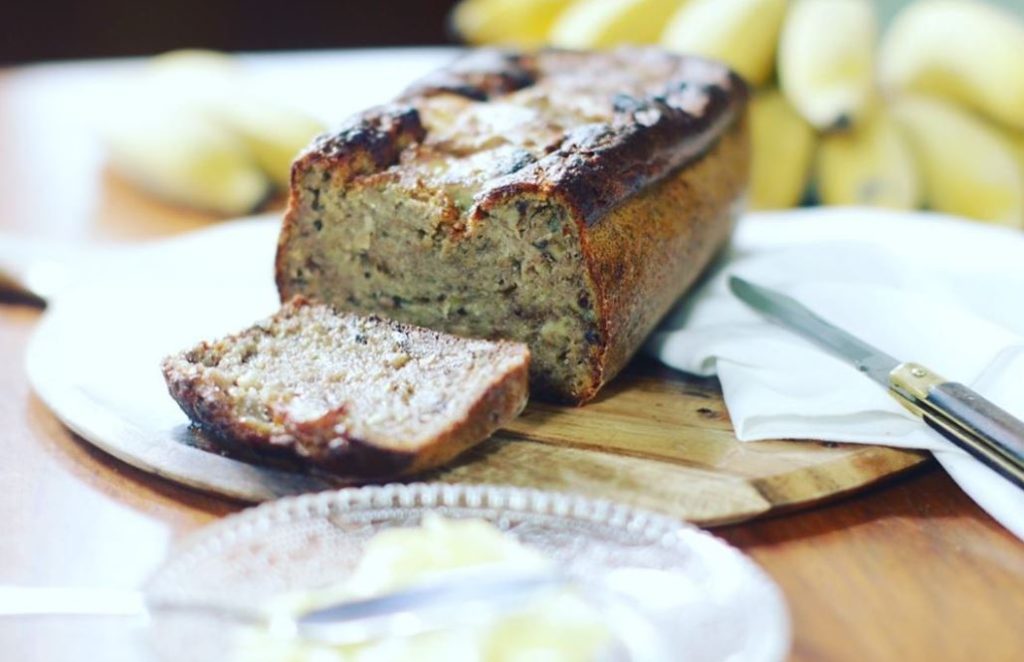CACIO E PEPE WITH THE SMELLY CHEESE SHOP & MANDY HALL
Published 27 May, 2020Eat Like an Italian… with Gusto!
With Valerie Henbest & Mandy Hall
For Italians, cooking and sharing food is no less than a way of life!
Whether it is at home with family or friends, in a humble trattoria or a fine-dining restaurant, it is always based around fresh, seasonal produce. In fact, Italian food varies widely by region – and even village to village – and according to the time of year. Italians are usually fiercely parochial when it comes to food, and cheese is no exception. You will find Fontina mainly in Val d’Aosta, Gorgonzola in Lombardia, Mozzarella in Campania and Parmigiano and Grana in Emilia-Romagna!
Popular as it was in the olden days, cheese would have remained the food of peasants and farmers, were it not for the Northern Italian monks, sometimes after the year 1135, when the Abbey of Chiaravalle was founded, near Milano. Here, Cistercian monks began an extensive deforestation process to turn woods around the abbey into farmland, which they supplied with plenty of water, thanks to an advanced irrigation system. With such a wealth of space and forage at their disposal, the monks increased their cattle numbers, ending up with large quantities of milk. Making cheese was the obvious next step.
Their idea at the time was to cook the milk curd for a long period of time to obtain a thicker cheese that could be matured and preserved for longer. They called it caesus vetus (mature cheese), we know it today as Grana Padano.
Well, thanks to these monks and the numerous artisans who kept these traditions alive, we can still today enjoy this beautiful cheese. Pretty similar to Parmigiano Reggiano, Grana as its name implies, is also a grainy cheese. It is produced in a larger area than Reggiano and made nearly solely on partially skimmed milk. It also doesn’t have to stay a full 12 month in the producer’s cellar like the Reggiano. Grana can be sold after 9 months in the cellar.
It is, therefore, cheaper than Parmigiano Reggiano but still very rich, sweeter, and more subtle. You can of course grate Grana over pasta and risotto as well as using it as a table cheese.
But today, Mandy Hall and I would like to share one very special and traditional recipe using not only the cheese but also half the wheel itself as the dish for that recipe… Fancy right?!!
Over to you Mandy!
To me, all fermented products are simply divine and Grana Padano, like Parmigiano, is certainly no exception. Here is a recipe that celebrates it so beautifully.
Cacio e Pepe
The sexiest and far more sophisticated cultural equivalent to a Mac n’ Cheese (dare I put them in the same sentence), this hot Italian dish dates back centuries and like most traditional dishes, it’s next level melt in your mouth, ooooh aaahhhh amazing. Cacio e Pepe is that overwhelmingly perfect example of when less is most definitely more – pasta, water, salt, parmesan, and freshly ground black pepper, that’s it. Translated, Cacio e Pepe is literally ‘cheese and pepper’ and its beauty most definitely lies in its simplicity.
Today we decided to honour the divine tradition of cooking within a Grana Padano wheel, and of course you could do that at home (that’s host of the year stuff) but most likely, you will do just beautifully with a visit to a cheesemonger instead. Go see and buy the best block of Grana Padano you can afford. Here we go! Have everything ready to serve, all your bowls and cutlery, this won’t take long.
Cacio e Pepe for 4
400g of thick spaghetti (you can use fettucine)
200g Parmigiano Reggiano finely grated
Salt – to season pasta cooking water
Black Peppercorns – grind to the equivalent of 4 teaspoons of coarsely ground pepper
Now unlike the instructions that we normally abide by to cook spaghetti (in a huge pot with a tonne of water), this time I want you to cook the spaghetti in a wide and shallow pan, still bringing salted water to the boil but we want to create quite a starchy water so we don’t want to drown the pasta. Because there is less water, we might need to stir the pasta every now and then. When the pasta has been cooking for 5 minutes, remove two cups of the pasta water and leave it to the side.
When the spaghetti has finished cooking, – drain and leave to the side. Meanwhile in a large bowl or another big pan, place your cheese and ground black pepper inside, gradually add some (not all) of the pasta water that you set aside, stirring furiously as you add the water to create a thickish sauce, almost like a bechamel. Now add your spaghetti and toss through as quickly as you can, adding small amounts of the saved pasta water as you go, this emulsion will make that sauce that coats every bit of your spaghetti. Serve immediately in warm pasta bowls and enjoy every mouthful!
- Removing the water when halfway through means that it’s not too hot when we create our sauce, adding really hot water could just create a gooey cheesy lump and that’s definitely not what we want!


